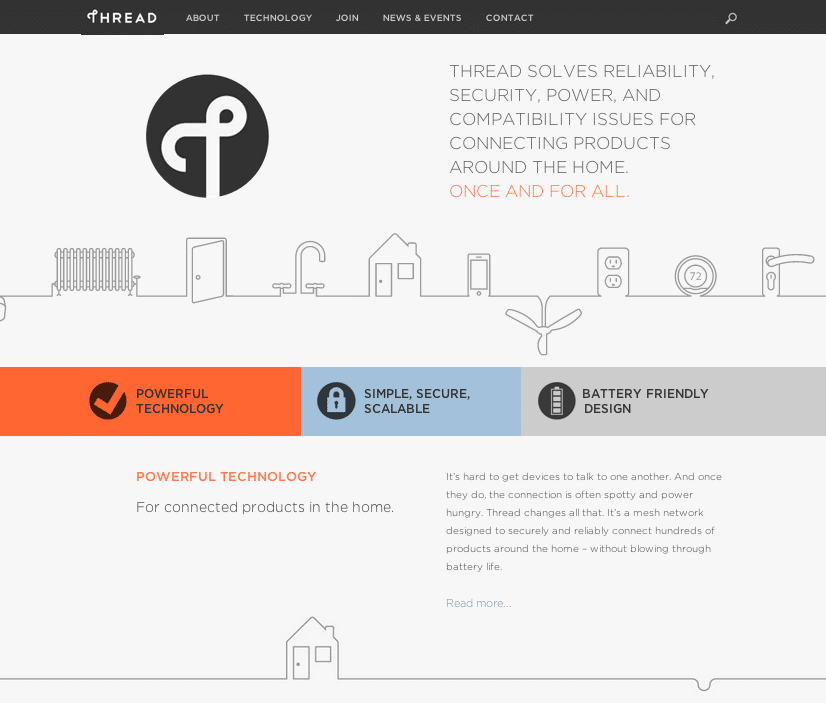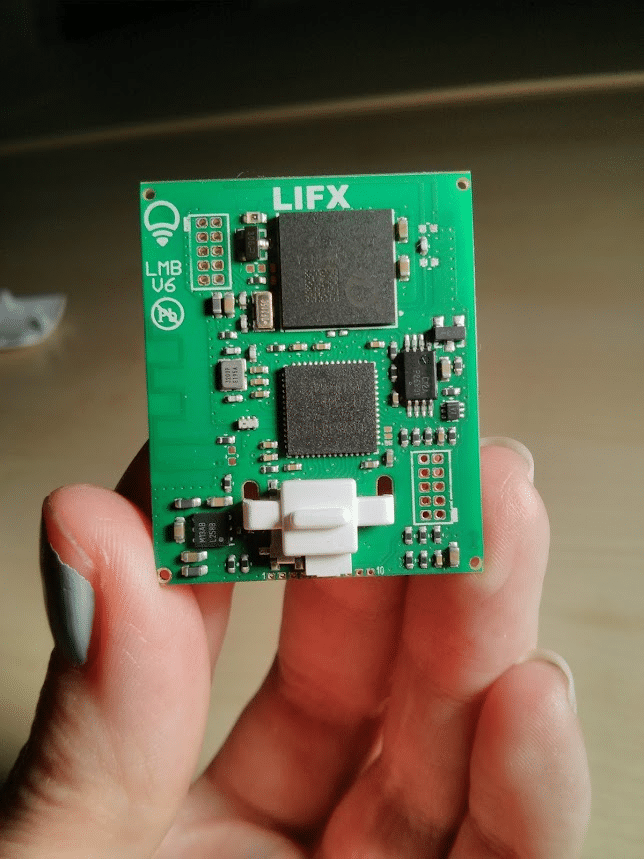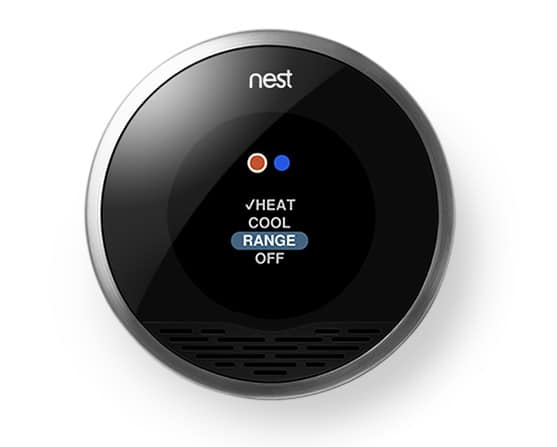Home routers and wi-fi access points are the canaries in the coal mine for security on the Internet of Things. Simply put: they’re ubiquitous, Internet-connected and innocuous. Unlike mobile phones, wi-fi routers aren’t in your pocket – buzzing and ringing and demanding your attention. In fact, it’s safe to be that the vast majority of Internet users are concerned wouldn’t know how to connect- and log in to their router if they had to. But appearances can deceive. Broadband routers are, indeed, mini computers that run a fully featured operating system and are perfectly capable of being attacked, compromised and manipulated. We have already seen examples of modern malware spreading between these devices. In March, the security firm Team Cymru published a report (PDF) describing what it claimed was a compromise of 300,000 small office and home office (SOHO) wireless routers that was linked to cyber criminal campaigns targeting online banking customers. In January, […]
home networking
Nest, Samsung and AMD Back Thread For Home Automation
A week that has already been full of standards news for the Internet of Things added more with the unveiling of Thread, a proposed communications standard backed by Google’s NEST group that promises a “new and better way to connect products in the home.” Google was joined by Samsung, Freescale Semiconductor, ARM, smart lock maker Yale Security and Big Ass Fans (favorite company name ever) in forming The Thread Group to promote Thread. In a press release on Tuesday, the group said that the Internet of Things presents unique challenges that are not well met by existing wireless communications technologies such as Wi-Fi, ZigBee and Z-Wave. In contrast to those technologies, Thread focuses exclusively on network connectivity, not application-layer exchanges and connection management. Thread Group says existing application protocols and IoT platforms can easily run on Thread networks. Specifically, it uses 6LoWPAN (IPV6 over Low power Wireless Personal Area Networks) to create 802.15.4-standard mesh networks of smart […]
That LIFX Smart Lightbulb Hack Wasn’t Easy
If you’ve been following your Internet of Things security news, you probably read about the latest hack of a consumer-oriented ‘smart home’ device: Context Information Security’s analysis of security holes in LIFX-brand smart light bulbs. The top line on this is scary enough. As The Register reported: researchers at Context discovered that, by gaining access to a “master bulb” in LIFX deployments, they could control all connected lightbulbs and expose user network configurations. That’s scary – and recalls research on hacking Philips HUE light bulbs that was published last year. But read down in the Context research and you’ll realize that, while the LIFX technology wasn’t perfect, the job of hacking the technology wasn’t child’s play, either. LIFX connected its smart bulbs using a 6LoWPAN-based mesh network. The company made the mistake of transmitting most bulb-bulb communications in the clear, which made analyzing traffic sent between master- and slave bulbs easy. Context researchers found […]
Is HyperCat An IoT Silo Buster? | ZDNet
Steve Ranger over at ZDNet has an interesting write-up on HyperCat, a UK-funded data sharing open specification for Internet of Things devices. The new specifications has the backing (or at least interest) of major players and could become an alternative to proprietary standards such as Apple’s HomeKit or Google Nest. HyperCat is described as an “open, lightweight, JSON-based hypermedia catalogue” that is designed to “expose information about IoT assets over the web.” The goal is to provide a set of open APIs and data formats that startups and other smaller firms can use to built ecosystems of connected objects. Smart devices are typically developed using common technologies and platforms: RESTful APIs, JSON (Javascript Object Notation) for data formatting and HTTP (or secure HTTP) as the main communications protocol. However, the Internet of Things is badly “silo’d” – meaning that interoperability between IoT devices happens only when those smart devices happen to use the […]
Google’s Nest Labs Joins Race to Define Platform for the Internet of Things – NYTimes.com
The New York Time’s BITS blog has an interesting look at the companies that are gearing up to compete against Google in the home automation market. Google has picked up its investment in so-called “smart home” technology, from the acquisition of Nest, the smart thermostat maker, and DropCam a maker of wireless cameras used for home monitoring and surveillance. The Times notes the entry of firms like Quirky, which has the backing of major retailers like Home Depot and manufacturers like General Electric, Honeywell and Philips. That company announced a new spin-off firm, Wink, that will focus on software. There’s also (of course) Apple, which last week announced HomeKit, a new platform for home automation products that leverages the company’s iOS mobile platform. For its part, Google and Nest have alliances with companies like Whirlpool, Jawbone and Mercedes-Benz. The company seems to be focusing on getting cool products to market that […]




